This article by Festus Okoye takes us through the proper process for recalling a Legislator, concluding that the recall process is cumbersome, time-consuming, costly, and problematic, and therefore, shouldn’t be viewed as a joke, or a platform for grandstanding, particularly as it involves the use of taxpayers’ funds
Introduction
In the long run, one of the Senatorial Districts or constituencies in Nigeria may provide the pathway to a good understanding of the constitutional and practical issues and steps, in Nigeria’s recall process. Of all the recall initiatives or attempted recall processes, only in Kogi State did the electoral management body reach the signature count and verification stage.
However, the signature count and verification failed in both instances, and the subsequent referendum was not conducted. Therefore, the practice of recall remains inchoate, and in the long run, we may get to the referendum stage and have a good understanding of the processes and procedures of recall.
A few issues have emerged, in our recall practice. The first is that, the recall process is cumbersome, expensive, and time-consuming. The second is that, the framers of the Constitution desire that members of the National and State Assembly must have the freedom to carry out their legislative duties, and take popular and unpopular positions on issues without the fear of being recalled by their constituents. The third is that, petitioners and the member-facing recall must not be hasty in casting aspersions on the electoral management body, in its approach to the law and practice of recall. Finally, the recall process is law, practice, and politics.
The Constitutional Imperative
In some jurisdictions, constitutional provisions remain dormant until tested in the crucible of practice. Sometimes, the protagonists get the constitutional and practical issues right. At other times, the courts, and sometimes the Constitutional Court, intervene to establish the correct legal position and the practical procedures guiding the process. This is why the Supreme Court is called the guardian of the Constitution — it aligns with legal and practical dictates, and spares the country and all critical stakeholders the anxiety and cost of constitutional alteration when faced with a roadblock.
Fundamentally, initiating and responding to a recall are intertwined with politics. Politics brought the members whose recall has been initiated, and the recall itself is also political. The only difference is that, in both instances, the processes and procedures must be strictly adhered to. The National and State Assemblies can initiate the removal of a President or a Governor from office, when they commit an impeachable offence. Section 143 provides that the President or Vice-President may be removed from office whenever a notice of any allegation in writing, signed by no less than one-third of the members of the National Assembly, is presented to the President of the Senate, stating that the holder of the office of President or Vice-President is guilty of gross misconduct in the performance of their official functions. This is a significant responsibility, designed to check abuses of office and other constitutional and legal infractions.
The framers of the Constitution also decided that, since the National and State Assemblies are the tribunes of the people, the sovereign right to recall them must reside with the public. Section 69 of the Constitution provides that a member of the Senate or the House of Representatives may be recalled, if a petition is presented to the Chairman of the Independent National Electoral Commission (INEC) in that behalf, signed by more than one half of the registered voters in that member’s constituency, alleging a loss of confidence in that member. The signatures must be duly verified by INEC, and the petition must subsequently be approved in a referendum conducted by INEC within ninety days of receipt, requiring a simple majority of the votes cast by the registered voters in that member’s constituency.
The Practice of Recall
On 19th September, 2024, the Chairman of INEC, Professor Mahmood Yakubu, signed the Regulations and Guidelines for the Recall of a Member of the National Assembly, House of Assembly of a State, or Area Council of the Federal Capital Territory (2024). These Regulations and Guidelines restate the constitutional provisions on recall, and provide clear guidelines for the recall of a member.
The first hurdle for petitioners is that, the petition must be signed with signatures or thumbprints and shall include the names, Voter Identification Numbers (VIN), and signatures of the petitioners arranged by Polling Units in the constituency of the member sought to be recalled. The name(s), contact address(es), phone number(s), and email address(es) of the representative(s) of the petitioners specified in the cover letter forwarding the petition to the Commission.
Upon notification of the member subject to recall, the Commission must verify that the petition is signed by more than half (over 50%) of the registered voters in that member’s constituency. Following this, there will be a public notice or announcement stating the day, time, location, and other verification details. After the publication, verification will be conducted in the polling units within the constituency of the member sought to be recalled. This will be carried out by Verification Officers (VOs), and supervised by either an electoral officer, assistant electoral officer, or any other officer designated by the Commission. The petitioners and the member subject to recall, can appoint Verification Agents who must be registered voters for each polling unit and collation centre in their constituency. The signatures/thumbprints verification of the petitioners will be at the polling units, using the Register of Petitioners (Form EC 41) and the Bimodal Voter Accreditation System (BVAS).
The outcome of the verification exercise shall be announced at the polling unit, and collated by the Registration Area Verification Collation Officer and the Local Government Area Verification Collation Officer. The Constituency Verification/Declaration Officer shall announce the outcome of the verification. The Commission shall not conduct a referendum, if the verification indicates that not more than one-half of the registered voters in that member’s constituency endorsed the petition. The conduct of the referendum shall follow the same pattern as the verification exercise, with the appointment of Referendum Officers. Voters shall select ‘YES’ or ‘NO’ on the ballot paper.
The Signature Count
The recall of the Senator representing Kogi Central Senatorial District, ended at the level of signature count. At its regular weekly meeting on Thursday, April 3, 2025, the electoral management body among other issues considered and approved the report of its physical count of the signatures/thumbprints forwarded with the petition for the recall of the Senator representing Kogi Central Senatorial District, in line with Clause 2(b) of the Regulations and Guidelines for Recall 2024. It pointed out that, the total number of registered voters in the Kogi Central Senatorial District is 474,554. More than one-half of this figure (that is, 50%+1) is 237,277+1 voters. “Across the 902 Polling Units in 57 Registration Areas and five Local Government Areas that make up the Senatorial District, the Commission ascertained 208,132 signatures/thumbprints from the submission made by the petitioners. This translates to 43.86% of the registered voters, which falls short of the constitutional requirement by 29,146 signatories.”
The Signature Verification
The only recall process that reached the signature verification stage, was that of Senator Dino Melaye. Before the verification process, Senator Melaye approached the Federal High Court to stop the recall process. On September 11, 2017, Hon. Justice Dimgba dismissed the suit filed by Senator Melaye, ruling that his suit was ‘hasty, premature, and presumptuous”. Senator Melaye then filed an appeal at the Court of Appeal, arguing that the Federal High Court Judge “erred in law” when he validated the petition presented to INEC for his recall. On March 16, 2018, the Court of Appeal, led by Justice Tunde Awotoye, dismissed Melaye’s appeal due to lack of cause of action.
The signature verification proceeded, and the electoral management body mobilised to Kogi West Senatorial District. On April 28, 2018, Professor Ukertor Gabriel Moti, the Declaration Officer for the exercise in the senatorial district, stated that only 18,742 of the 189,870 signatories to the petition for the Senator’s recall were verified by INEC. The verified signatories represented 5.34% of the 351,146 registered voters in the senatorial district. In his final declaration, he affirmed: ‘I, Professor Ukertor Gabriel Moti, affirm that the verification of signatures to the petition for the recall of Senator Dino David Melaye of Kogi West Senatorial District has taken place on this day, the 28th of April, 2018, and that the verified signatures constitute 5.34% of the total number of registered voters in the constituency, and have therefore, not satisfied the legal requirement for a referendum.”
Recall is Cumbersome
The recall process is cumbersome, time-consuming, costly, and problematic. The designers of the Constitution intend for members of the National and State Assembly to be free to exercise independent opinions, and take actions that may appear unpopular in some quarters. The petitioners’ representatives must understand that taxpayers’ money is used in the verification and referendum, and must be prepared to shoulder the consequences of any deliberate infraction of the essence of recall. We must not view the recall process as a joke, or a platform for grandstanding. Recall is part of the democratic process, and serves as an accountability mechanism. There is nothing wrong or odious about it. What can be problematic is the potential for abuse, which must not be allowed to occur.
Festus Okoye, former National Commissioner and Chairman, Information & Voter Education Committee, INEC



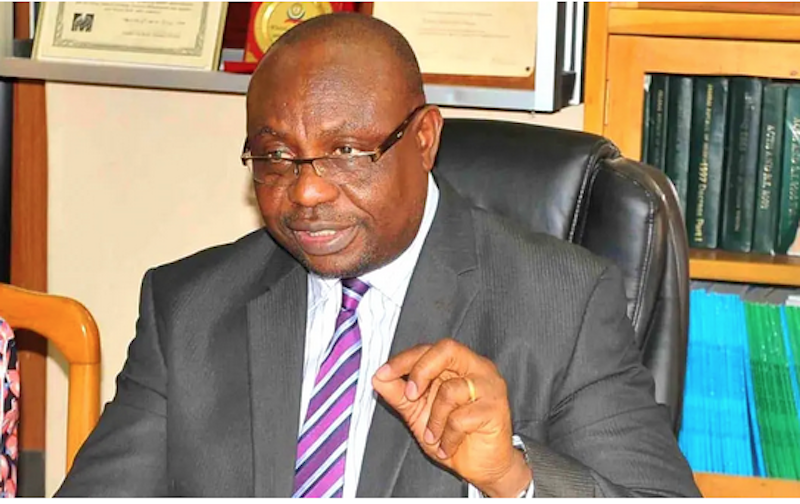


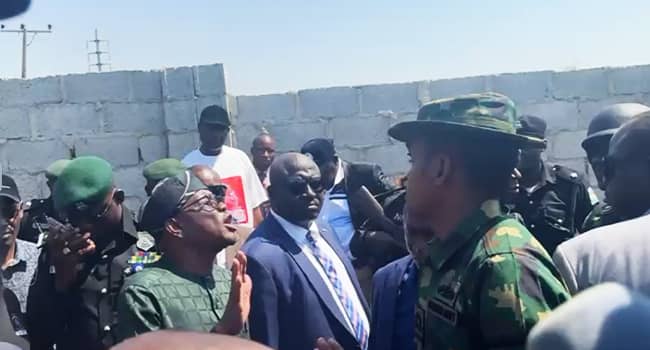
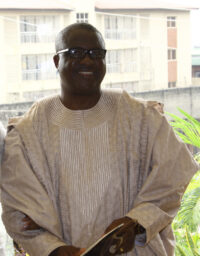


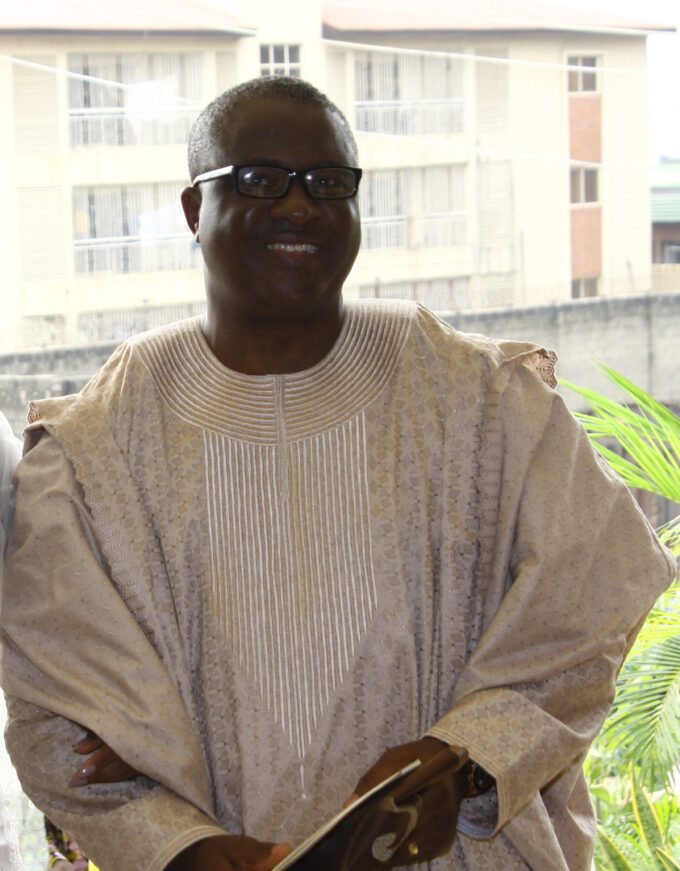
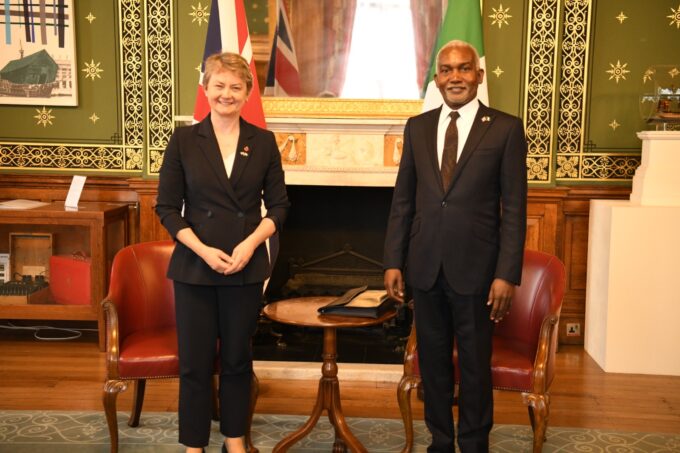




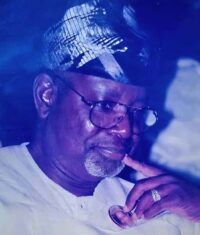

Leave a comment